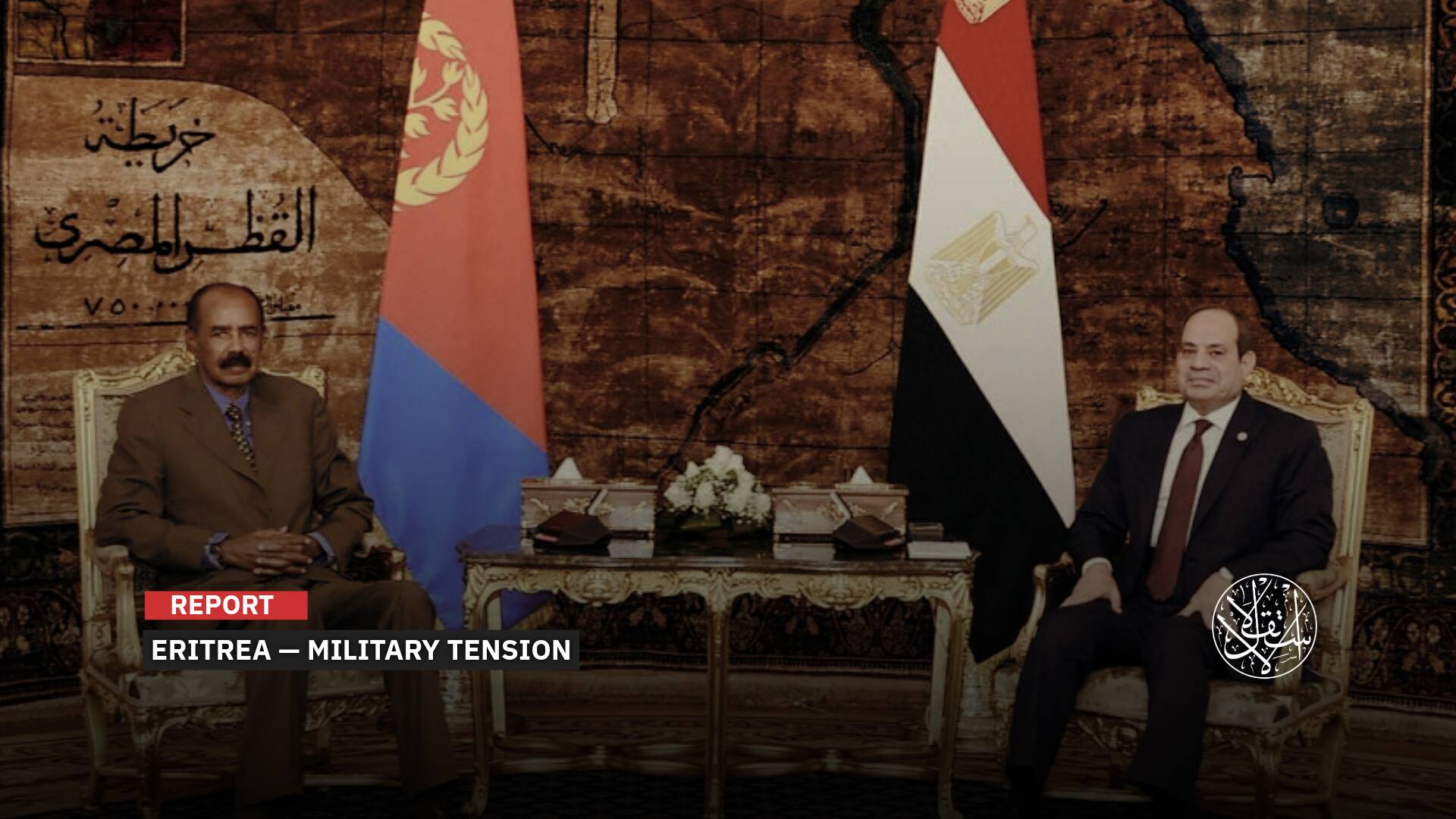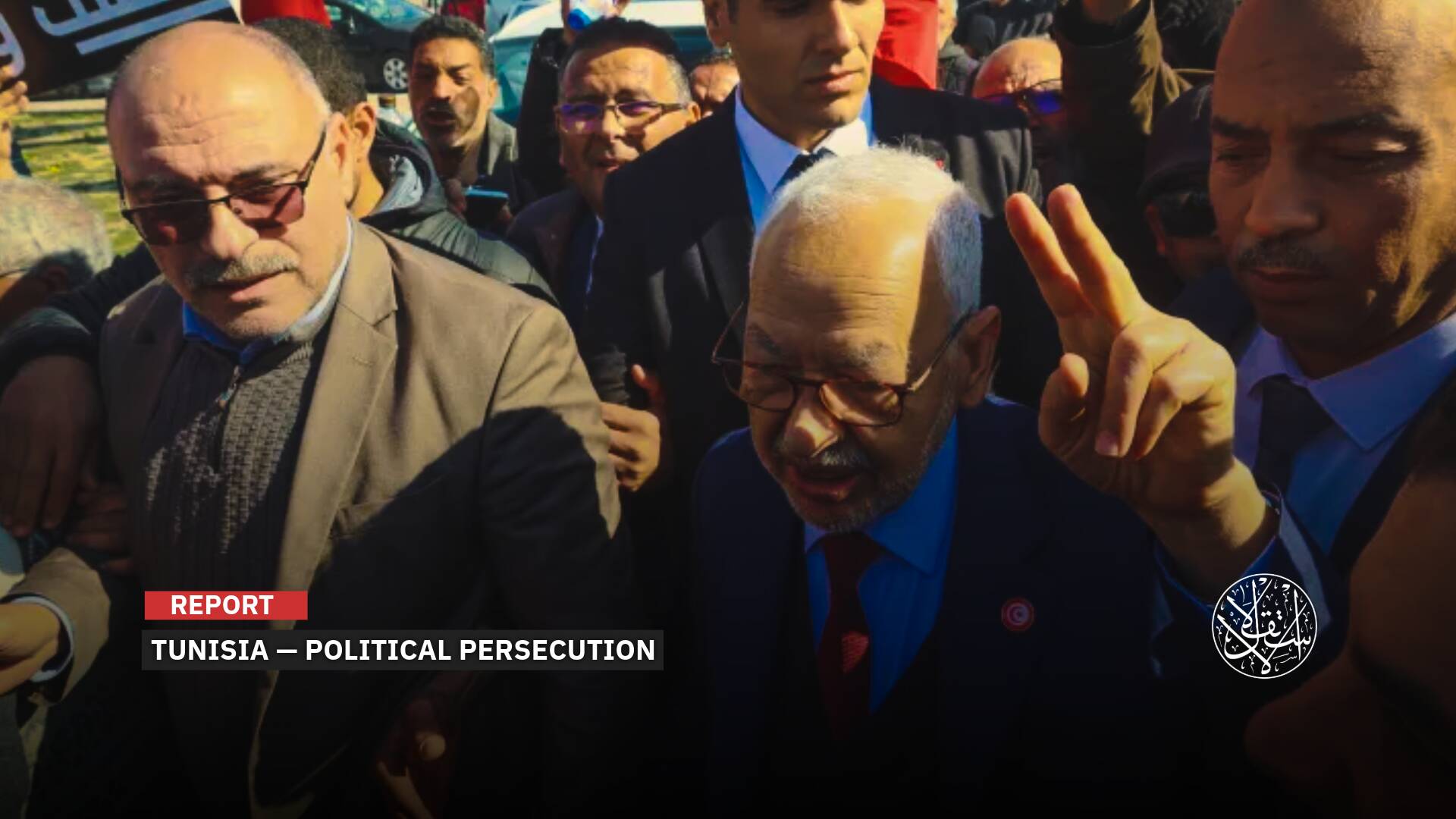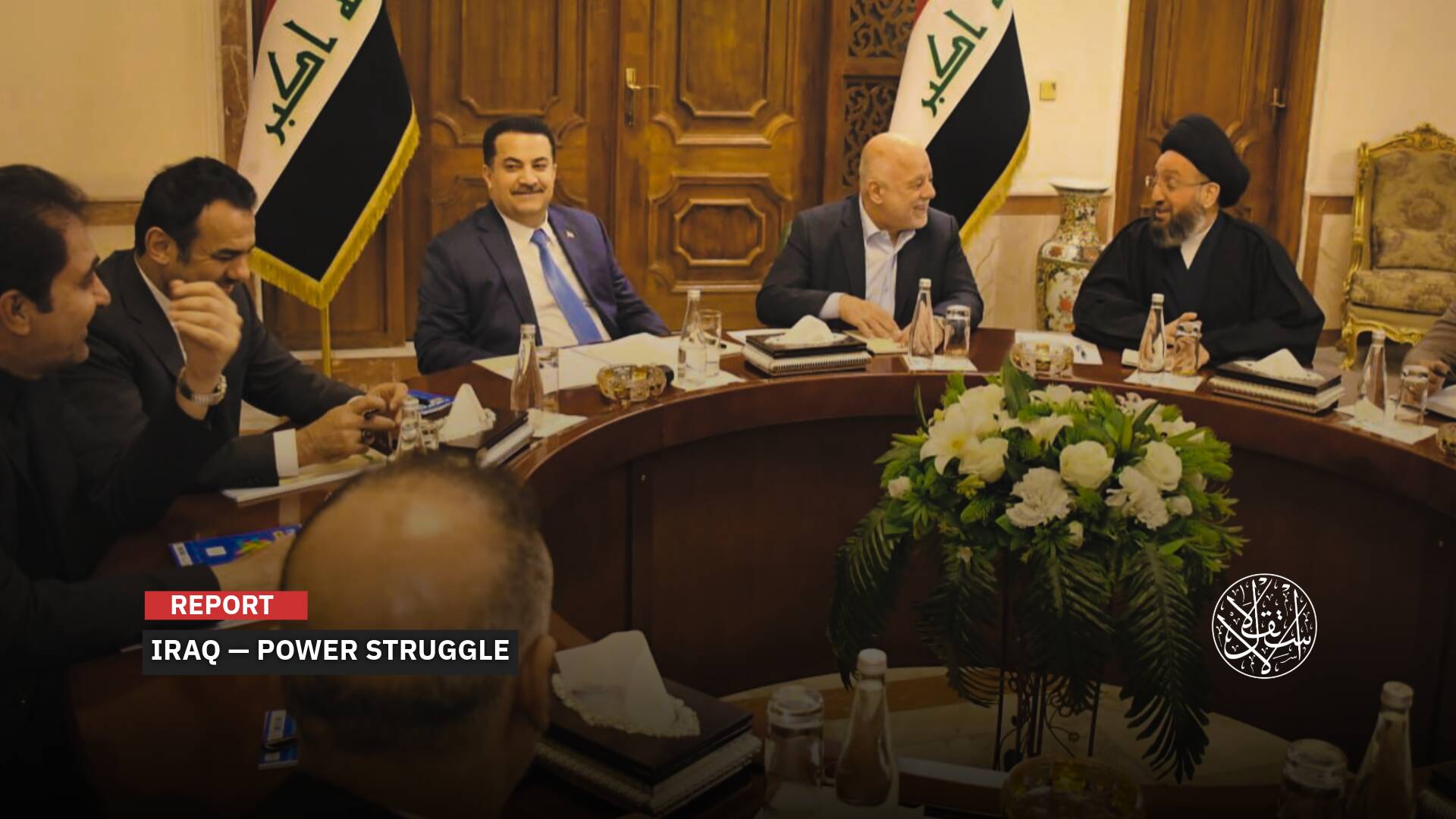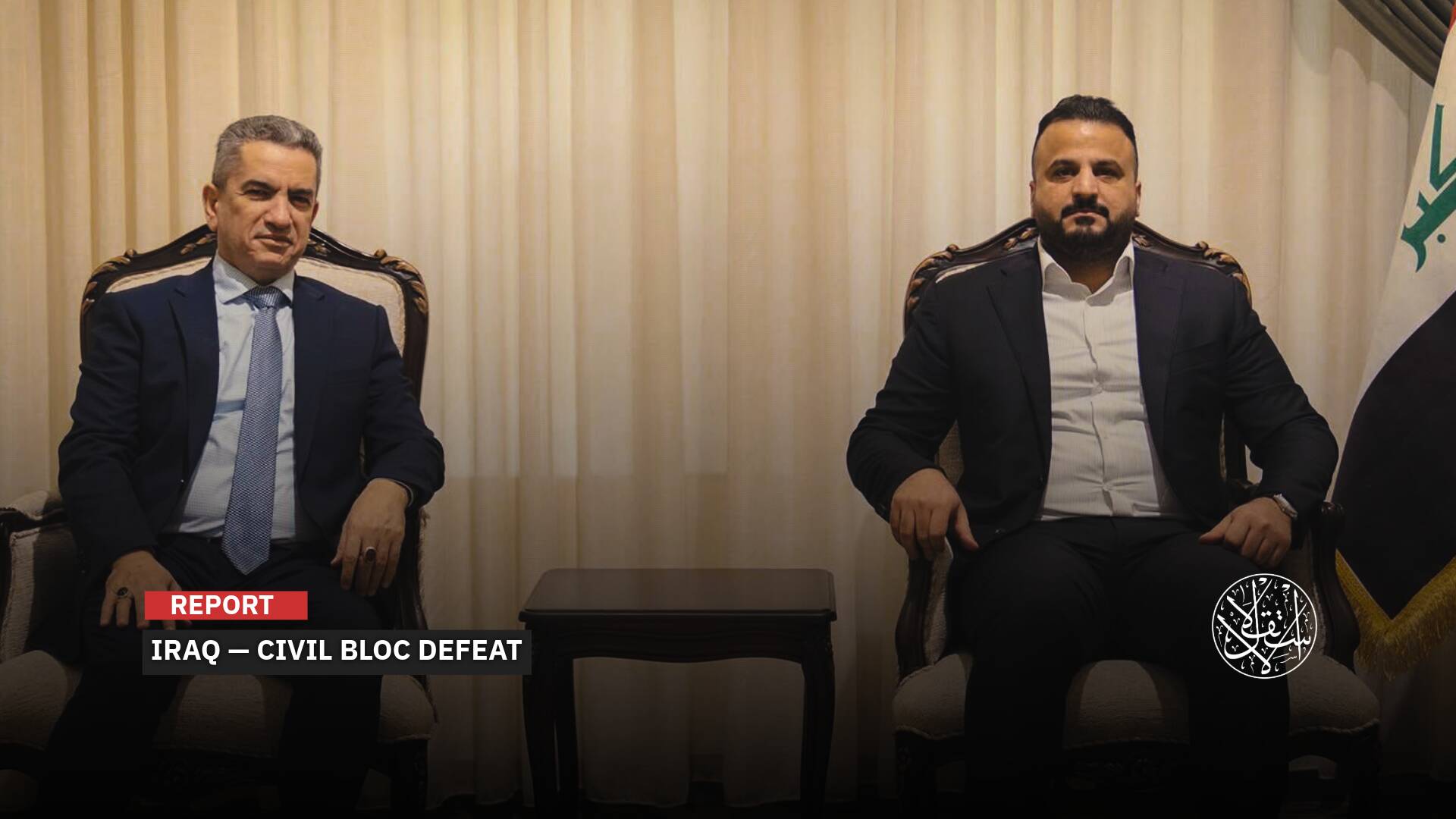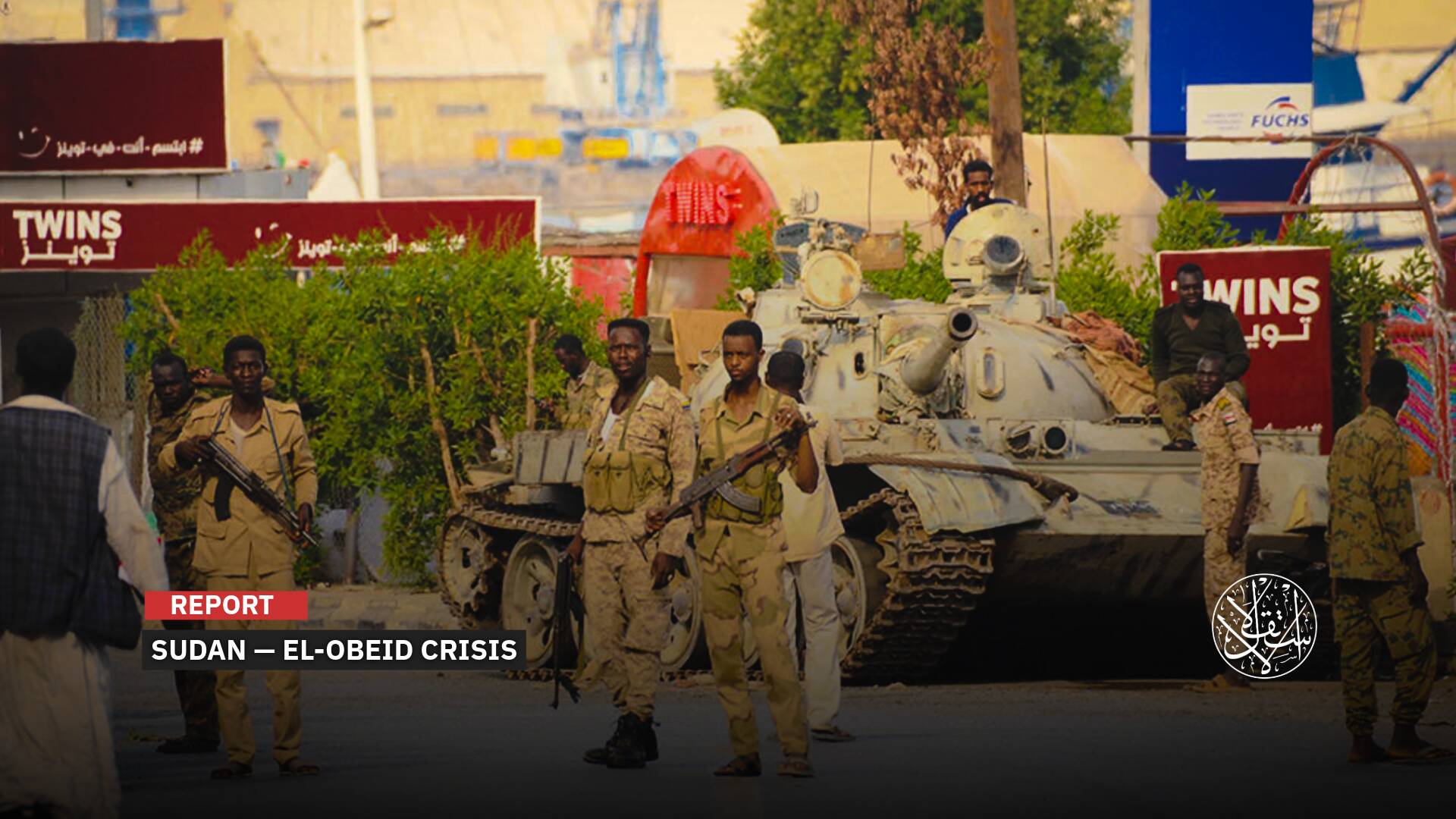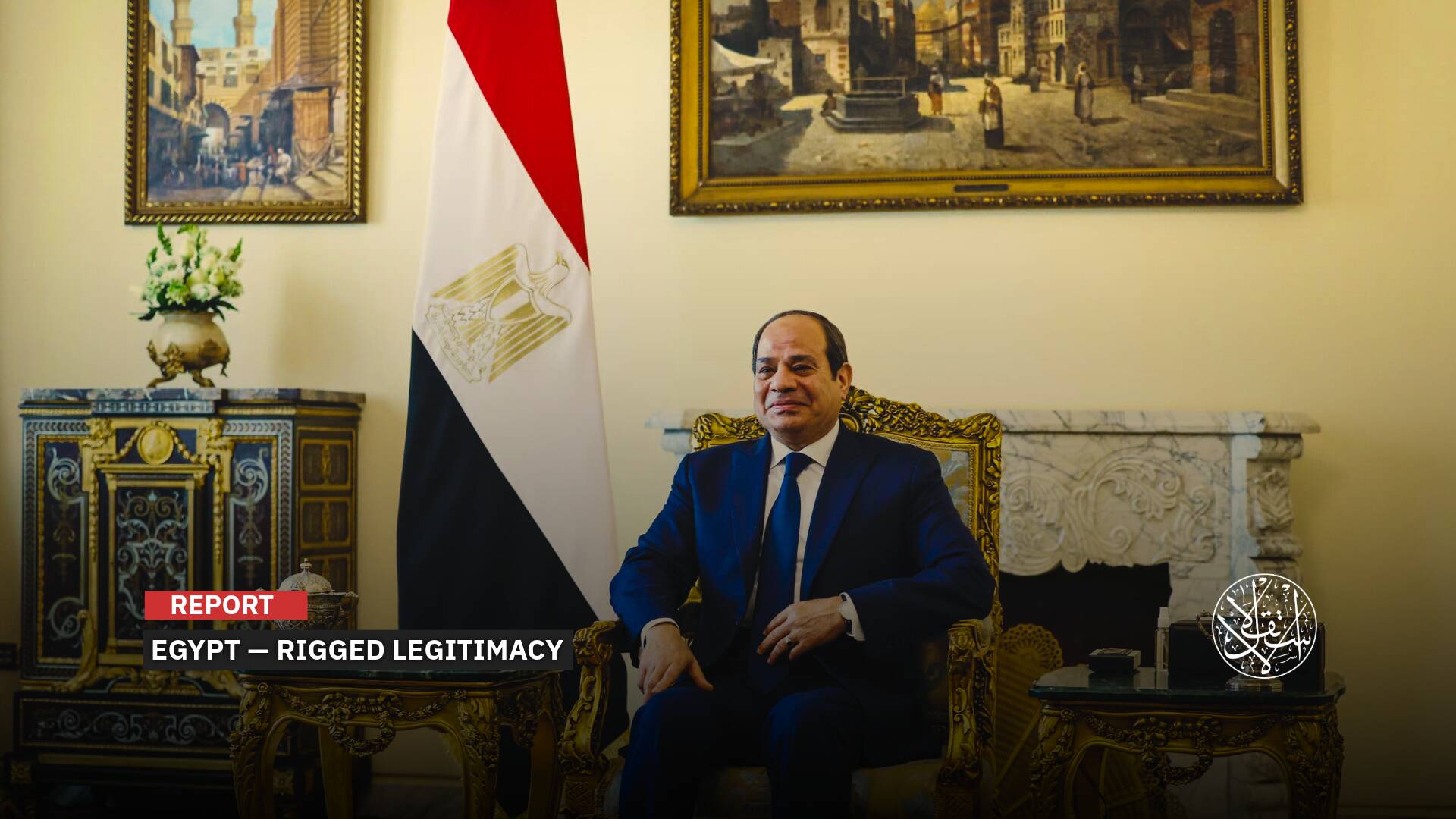Cutting Down Trees and Fake Projects for the Desert: Why is Sisi Fighting Green Spaces?

Egypt's water security is under threat.
Egypt’s ambitious project to transform the Western Desert into agricultural land for export crops poses a significant threat to the nation's water security.
Drivers now spend two hours on an expansive, largely empty eight-lane highway between Cairo and Dabaa, flanked by extensive agricultural fields that were barren desert a decade ago.
This transformation marks the initial phase of Egypt's Future Project for Sustainable Development, which aims to convert 2.2 million acres, an area comparable to Cyprus, into farmland.
Yellow to Green?
A promotional video boasted that the “map of the Egyptian desert changes color” from yellow to green, and satellite images reveal hundreds of pivot-irrigated fields, some up to a kilometer in diameter.
Central to this initiative is a 70-mile artificial river, costing over $5 billion, designed to transport 3.5 billion cubic meters of water annually to these fields.
This massive endeavor is part of the government's broader plan to turn 16,800 square kilometers of desert into farmland by 2027, a project announced by President Abdel Fattah el-Sisi in 2014, shortly after he assumed power.
At the project's launch in May, Sisi expressed his vision of a flourishing desert: “If we had enough water to irrigate 100 million acres, we would.”
However, this grand vision comes at a time when Egypt faces an annual water deficit of 7 billion cubic meters, according to UN figures, and an austerity drive to address a debt-to-GDP ratio exceeding 90%.
Critics argue that while these land reclamation projects, led by the military, have boosted exports, they have failed to curb rampant food inflation, which was the fifth-highest in the world in April.
Richard Tutwiler, former director of the Cairo-based Institute for Sustainable Environment Research, criticizes the project, stating, “They call it reclamation. It’s not reclaiming.”
Unlike the fertile Nile Valley, enriched by millennia of irrigation, the desert sands lack essential nutrients and require enormous amounts of water, which is not recoverable.
While Nile Valley farmers can reuse water multiple times as it flows through fields and into aquifers, in the desert, the water simply goes back to the desert.
Most of the water for these desert fields comes from groundwater, traditionally relied upon by oases. Sisi’s government has intensified efforts to exploit this resource, investing in pumping stations across the desert.
However, Tutwiler warns, “You have huge amounts of water under the Western desert but it’s limited.”

Water Insecurity
The Grand Ethiopian Renaissance Dam (GERD) has become a focal point of contention, posing what Egyptian officials describe as an "existential threat" to millions of their citizens.
At the 2023 UN Water Conference, Egyptian Water Resources Minister Hani Sweilem warned of the potential catastrophic consequences of unilateral and non-cooperative management practices associated with the dam's operation.
Minister Sweilem emphasized the grave implications if Ethiopia continues its current approach, particularly during a prolonged drought.
He predicted severe socio-economic impacts, including the displacement of over 1.1 million workers, a loss of nearly 15% of Egypt’s agricultural land, and a doubling of the country's food import bill.
Basel Reda, an Egyptian political researcher, says that Egypt’s dependency on the Nile River is nearly absolute, with the river supplying at least 98% of its renewable water resources.
“Egypt suffers from extreme water scarcity and the lowest rainfall rates globally, and it utilizes at least 75% of this water for agricultural production, a vital sector supporting over half of its population,” Reda told Al-Estiklal.
With a water deficit approaching 55% of its 120 billion cubic meter needs, Egypt has invested more than $10 billion in recent years to enhance water efficiency and repeatedly reuse water. Nonetheless, the nation is forced to import about $15 billion worth of food annually to meet its needs.
“Any reduction in Egypt’s Nile water share would be met with decisive action. He cautioned that even a loss of one billion cubic meters of water could displace and starve five million Egyptians,” Reda added.
“The limited scenarios for resolution following the collapse of negotiations, attributing the persistent crisis to Ethiopia’s consistent stance throughout the talks,” Reda noted. “The failure of the negotiations, though anticipated, represents a significant setback, and a failure of Sisi’s policies.”

Against Green Spaces
In November 2022, Egypt took center stage on the global environmental platform as it hosted the United Nations Climate Change Conference (COP27). The event was heralded by Egyptian media as a landmark achievement in the country's diplomatic efforts.
President Sisi asserted that Egypt is integrating green sustainability into its urban strategies and is fully committed to the United Nations' green development goals.
However, this portrayal has been met with skepticism by researchers who argue that Sisi’s pronouncements are more for public relations than reality.
Since Sisi’s rise to power following the 2013 coup against elect-president Morsi, Egypt’s green spaces have been steadily diminishing, raising concerns about the nation's genuine environmental commitment.
Often referred to as Egypt's second capital after Cairo, Alexandria boasts a population of approximately 5.5 million, according to official estimates.
This population density reaches a staggering 3,220 individuals per square kilometer, far exceeding the global average of 61 people per square kilometer.
Despite this, the green space available per Egyptian citizen is a mere 1.2 square meters, significantly lower than the global standard of at least 15 square meters.
In 2018, the Alexandria governorate began dismantling the green areas within Montazah Park under the guise of development.
Over 80% of the trees were felled, and by December 2022, new hotels and cabins had started replacing the former green spaces. Social media was abuzz with images of these new structures, sparking public outcry.
The systematic reduction of green spaces in Alexandria underscores a broader trend in Egypt, one that contradicts the environmental commitments proclaimed at COP27.
As Egypt continues to navigate its path towards development, the preservation of its green areas remains a critical issue that demands both national and international attention.
In October 2022, an Arabic Post report revealed a troubling aspect of Egypt's environmental policy: the Ministry of Environment has not been consulted on tree-cutting or green space reduction in recent years.
An official from the ministry indicated that a "sovereign" body, answerable to neither the minister nor the cabinet, is responsible for these actions.
This revelation underscores a systemic approach spearheaded by Egypt’s political leadership towards diminishing green spaces.
The report highlighted that under President Abdel Fattah el-Sisi's regime, over 150 acres of green space, equivalent to more than 660,000 square meters of gardens and trees, have been cleared in various governorates, including Heliopolis, Mansoura, Alexandria, and Port Said.




